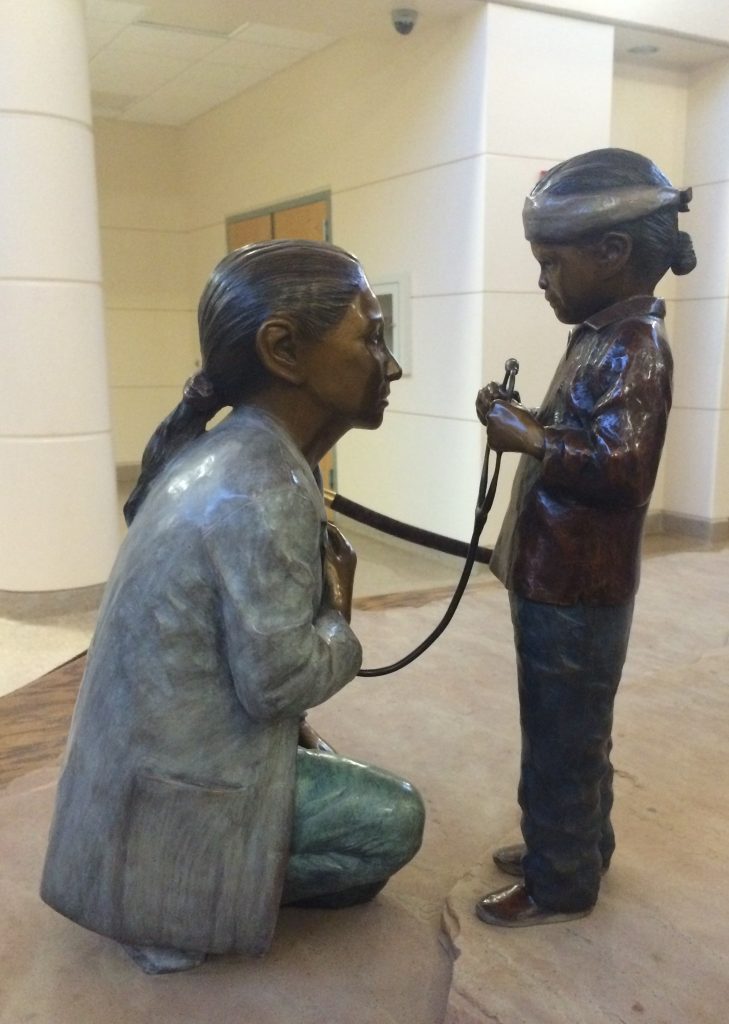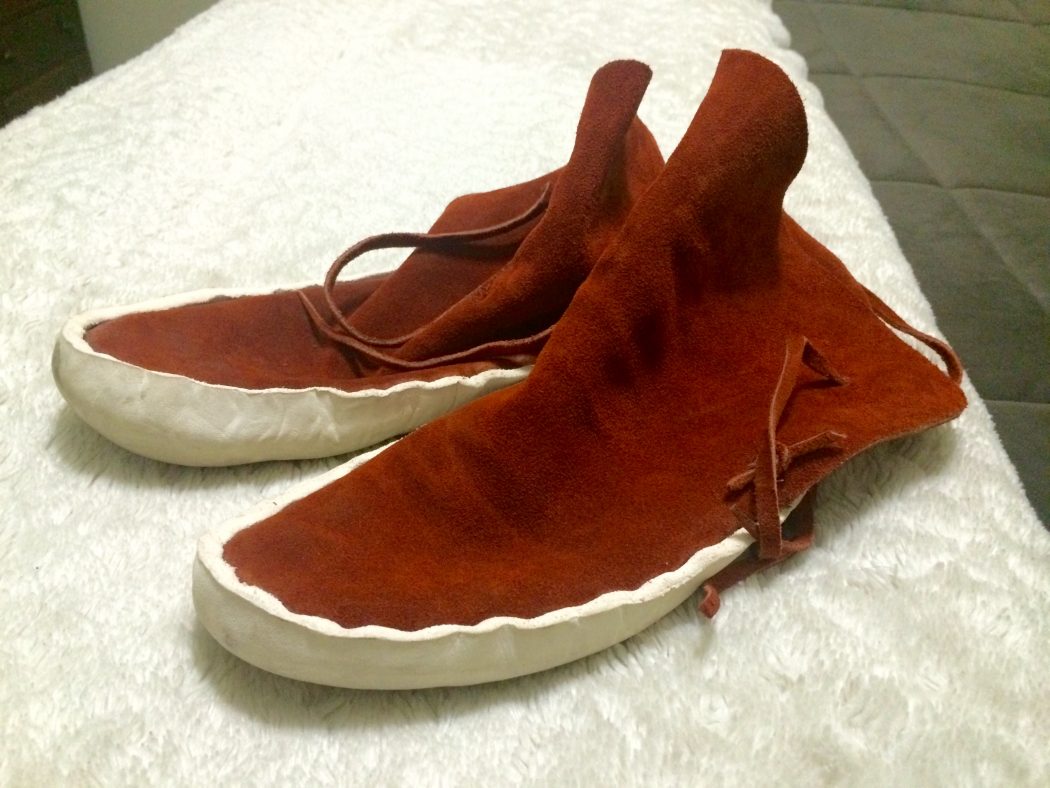“53….53…that’s not even enough to make a full class” is what I thought to myself as I talked with another Native American medical student. After hearing that, I had to check out the facts; I had to see it to believe it. She was right. The AAMC reported that for the 2014-2015 period there were a total of 53 self-identified American Indian and Alaskan Native (AI/AN) students who matriculated nationally into a US medical school [1]. 53 out of 20,343 total matriculating students—I am the 0.0026%! After further investigation, though, I was relieved to see that even though only 53 self-identified as AI/AN exclusively, there were another 114 that identified as mixed with AI/AN, bringing the grand total to 167.
Now, I reflect on a conversation that is always super fun to have, and it usually goes like this:
“So what do you do? Are you going to school or working?”
“I am currently a medical student, so, you know, trying to become a doctor.”
“Man, it must have been easy to get into med school for you, right?”
“Why is that?”
“I mean, you know, because you’re Native American. I hear they are always recruiting Native American students.”
 It’s interesting to hear comments like that and then reflect on 53. If that were the case, then why are there not more Native American students enrolling, applying, aspiring to become doctors? While there could be a lengthy discussion on that subject, the simple fact is that there is an added responsibility for current Native American medical students. I sincerely believe that while we have the same responsibility to learn medicine and become skilled physicians alongside our fellow classmates, there is the additional weight to be the voice of our culture and people. To teach our classmates that a Navajo woman may want to bury her newborn’s placenta under a tree by the family house to connect the child to the land and family. To teach faculty during a CBI that a sick Navajo woman presenting with a cough could be the result of traditional ceremonies involving cedar and sage smoke. To talk about tribal IRB processes and the role they play in protecting tribal citizens from research exploitation and misconduct.
It’s interesting to hear comments like that and then reflect on 53. If that were the case, then why are there not more Native American students enrolling, applying, aspiring to become doctors? While there could be a lengthy discussion on that subject, the simple fact is that there is an added responsibility for current Native American medical students. I sincerely believe that while we have the same responsibility to learn medicine and become skilled physicians alongside our fellow classmates, there is the additional weight to be the voice of our culture and people. To teach our classmates that a Navajo woman may want to bury her newborn’s placenta under a tree by the family house to connect the child to the land and family. To teach faculty during a CBI that a sick Navajo woman presenting with a cough could be the result of traditional ceremonies involving cedar and sage smoke. To talk about tribal IRB processes and the role they play in protecting tribal citizens from research exploitation and misconduct.
In light of the Diversity and Inclusion efforts on campus, did you know that November is Native American Heritage Month? Since 1990 after a joint resolution was approved, the month of November was designated as a time for celebration of Native American and Alaskan Native heritage and culture. For the first time in UA COM-Phoenix history, this month will be celebrated and highlighted on campus. For those who love to play trivia, let’s make this interesting: how many federally recognized tribes are there currently in the United States? How many tribes call Arizona home? What tribe has the largest population? Which has the largest reservation? What is the Indian Health Services agency?
Instead of giving you the answers, let’s make these our learning objectives for the month of November. Ask a friendly neighborhood Native American. If you spot some moccasins, ask them about them (Roc Your Mocs Movement). Let’s embrace cultural differences, learn something new, and try something different!
Jaymus Lee is a medical student in the Class of 2018 and a member of the Rural Health Professions Program. He holds a BS in Cellular & Molecular Biology from Fort Lewis College in Durango Colorado. His academic interests include Primary Care and Tribal/Rural Health Policy. His other interests include: travel, movies, and of course food.

